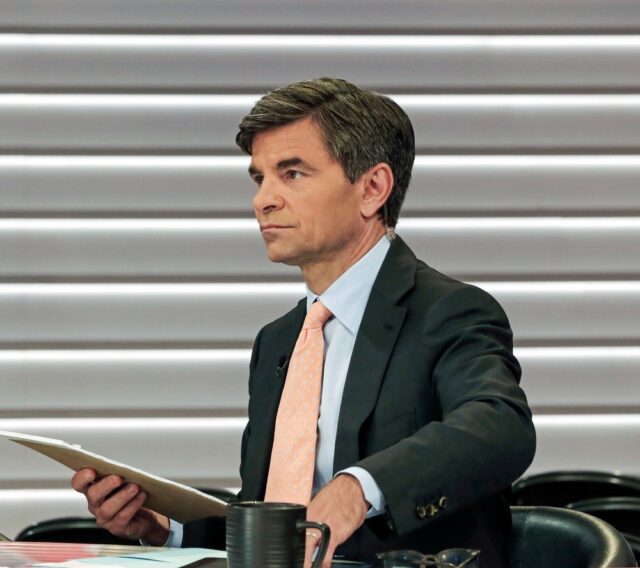
I recently listened to an episode of Rob Lowe’s podcast, Literally! With Rob Lowe, which featured an interview with George Stephanopoulos. While the episode lasts over an hour, there is one thing Stephanopoulos mentions 17 minutes and 35 seconds in that struck me.
Actually, it’s three things.

First, it’s important to be aware of Stephanopoulos’s previous life prior to his current Good Morning America and This Week anchor duties for ABC. He came from politics, working as a congressman’s aide, and then on the Michael Dukakis presidential campaign. Most notably, he worked alongside David Wilhelm and James Carville on Bill Clinton’s 1992 presidential campaign and later served as an advisor for Clinton in the White House.
In the podcast, Lowe and Stephanopoulos are discussing The War Room, a 1993 documentary that followed the first Clinton campaign. It’s easy now to forget how strong a candidate George H.W. Bush really was. His 60.8% average approval rating is the third highest among the past thirteen U.S. presidents, behind only John F. Kennedy and Dwight Eisenhower. Just after the end of the first Gulf War, in February 1991, Bush’s approval rating was 89%. How could he have lost the election just a year and a half later? A year and a half is an eternity in politics, and Clinton had some ninja strategists that would expose Bush’s flaws. James Carville was absolutely one of those strategists. As Stephanopoulos explains in the podcast, Carville was made to run a presidential campaign at that moment in time.
Next, Lowe asks a great question. “What was his special sauce for that moment in time, and why isn’t it the special sauce for today?”
Stephanopoulos says Carville had a three-part strategy/haiku that worked so effectively.
- “It’s the economy, stupid.”
- Don’t forget health care
- Change vs. more of the same
As Stephanopoulos explains, everything every single person associated with the campaign said every single day had to fit into one of the above, if not, all three frames. It was the magic of distilling an entire campaign into three simple things. He admits Clinton was unusually skilled at pulling it off and not every candidate would have been, but it is the law of focus that Carville mastered perfectly.

“Good Morning America” and “This Week” anchor George Stephanopoulos (Photo credit: Mark Reinstein/Shutterstock)
And yet, how many brands try to sell too many things? How many messages do your advertisers attempt to squeeze into a spot? How many points are you trying to push into a promo? Whether or not your brand is good at many things really doesn’t matter.
The point is your audience will only remember one or two.
Research is highly effective when it is utilized to identify strengths, weaknesses, and opportunities and is followed up with a highly focused strategy to take advantage of what has been learned.
If a presidential candidate with an 89% approval rating can lose an election less than two years later, never believe you can’t win the battle with the right research, strategy, and execution.
That also means you should never believe you can’t lose the battle when it’s used against you.
